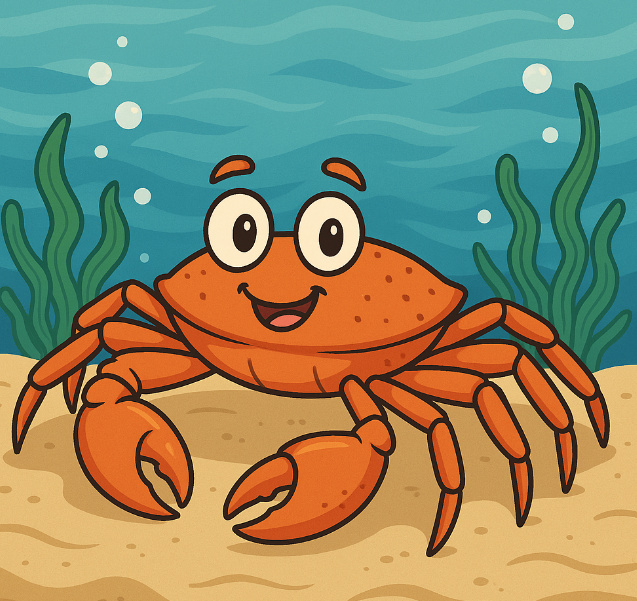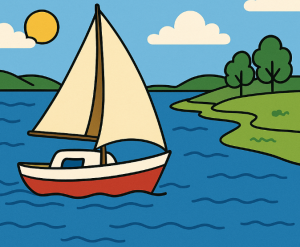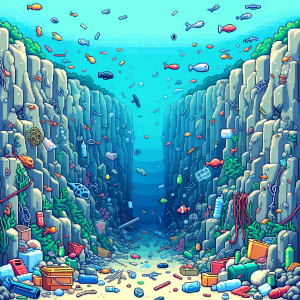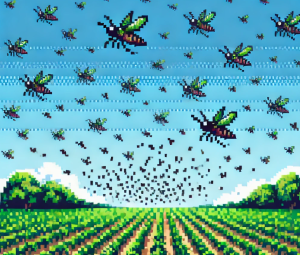
What Really Happens When Crab Pots Go Missing at Sea
Every year, thousands of fishing pots sink to the ocean floor and never come back. But unlike an old bicycle tossed in a river, these lost pots don’t just sit there—they keep fishing, silently and endlessly. Scientists call this ghost fishing, and in Norway’s snow crab fishery, the hidden toll is staggerings.
Over just three years, lost pots could kill between 11 and 70 tonnes of snow crabs, depending on how many are lost. That’s the difference between a small truckload and nearly the entire cargo hold of a freighter. And the lost value? Up to half a million euros gone—not to mention the ecological damage.
But here’s where it gets interesting: the story of these missing pots doesn’t end with loss. It also shows how small technical tweaks—like a strand of cotton twine—could change the future of fishing.
From an Invasive Crab to a Commercial Boom
Snow crab (Chionoecetes opilio) isn’t native to the Barents Sea. The species first showed up in the late 1990s, drifting in from Russian waters At first, catches were tiny—barely a couple of tonnes in 2012. But the crabs thrived in the cold, food-rich Arctic seabed. By 2024, Norway’s quota hit 10,300 tonnes, and it’s already growing again in 2025.
For coastal communities from Tromsø to Murmansk, this invasive species has become an economic lifeline. But with the boom came a new challenge: managing lost pots. Fishing trips last weeks in icy, stormy seas, and each vessel deploys hundreds of heavy, baited conical traps at depths up to 450 meters. When even a few lines snap or drift under ice, pots vanish—and keep catching.
Ghost Fishing: A Silent Predator
Picture a village market where the doors are locked but the food inside still tempts hungry visitors. That’s what a lost crab pot is like: crabs crawl in, can’t get out, die, and in turn lure more crabs.
Scientists in Norway retrieved abandoned pots and found that 43% still contained live or dead crabss41598-025-99749-4. In controlled trials, a single pot could keep catching at about 8% the rate of an active baited pot, month after month. Multiply that by hundreds of lost pots each season, and you see why ghost fishing has become an ecological and economic problem.
Here’s the twist: even a tiny change in loss rates matters. If just 0.5% of pots are lost, about 11 tonnes of crabs vanish over three years. If the rate climbs to 3%, the ghost catch balloons to nearly 70 tonnes.
Counting the Hidden Cost
For fishermen, these lost crabs are money slipping through the cracks. With market prices around €18 per kilo (about $9.50 a pound), ghost fishing could mean losses ranging from €9,000 to €55,000 ($10,500 to $64,000) in freedom units) per season, depending on pot loss rates.
But the impact doesn’t stop at economics. Larger males—the very crabs needed to keep the population breeding—are the ones most likely trapped, since smaller crabs can squeeze through the pot mesh. In other words, ghost fishing quietly undermines the reproductive strength of the population that supports the fishery.
Small Fixes, Big Difference
So what can be done? The Norwegian Fisheries Directorate recently mandated a deceptively simple solution: cotton twine. Unlike synthetic ropes that last for years underwater, cotton degrades in about 18 months. When it breaks, it opens a hole in the pot so trapped crabs can escape.
Think of it like a safety valve—cheap, low-tech, but lifesaving for both crabs and fishermen. Canada already uses this rule, and Norway is catching up. Researchers also suggest new technologies like radio-frequency ID tags, high-visibility buoys, or even biodegradable mesh panels to help recover or disable lost gear.
It’s a reminder that sustainability doesn’t always require futuristic inventions. Sometimes, it’s a thread of cotton.
Why This Matters Globally
Lost fishing gear isn’t unique to Norway. Across the world’s oceans, 2% of all fishing gear is lost each year. In crab and lobster fisheries from Newfoundland to Nigeria, the same story plays out: pots vanish, keep fishing, and drain both ecosystems and incomes.
For a small-scale fisher in Kerala, India, losing even a handful of traps could mean a week’s income gone. In Brazil’s mangroves, ghost traps risk capturing juveniles of other species, weakening future harvests. And in the Arctic, where climate change is already pushing species around, every tonne of lost crab matters for both ecology and economy.
Science in Action: A Story Still Unfolding
The Barents Sea study doesn’t just crunch numbers. It shows a tension and resolution arc: a booming fishery faces an invisible threat, but targeted fixes can turn the tide. It’s a story of human ingenuity—how data, experiments, and even cotton twine can change the way we interact with our oceans.
And the urgency is real. Each season, more pots are lost. Without stronger action, ghost fishing could grow from a silent cost to a loud crisis.
Let’s Explore Together
The science is clear: ghost fishing is a hidden danger, but it’s also solvable. Now the question turns to us—scientists, students, and citizens across the globe:
- Could cotton-twine escape hatches or biodegradable panels work in the fisheries near you?
- If you were on this research team, what would you test next—tracking gear, new materials, or recovery methods?
- What everyday problem in your community do you wish science could solve with such simple, elegant tweaks?
Because in the end, ghost fishing isn’t just about lost crabs. It’s about the choices we make—and the small innovations that could keep our oceans, and our communities, thriving.



